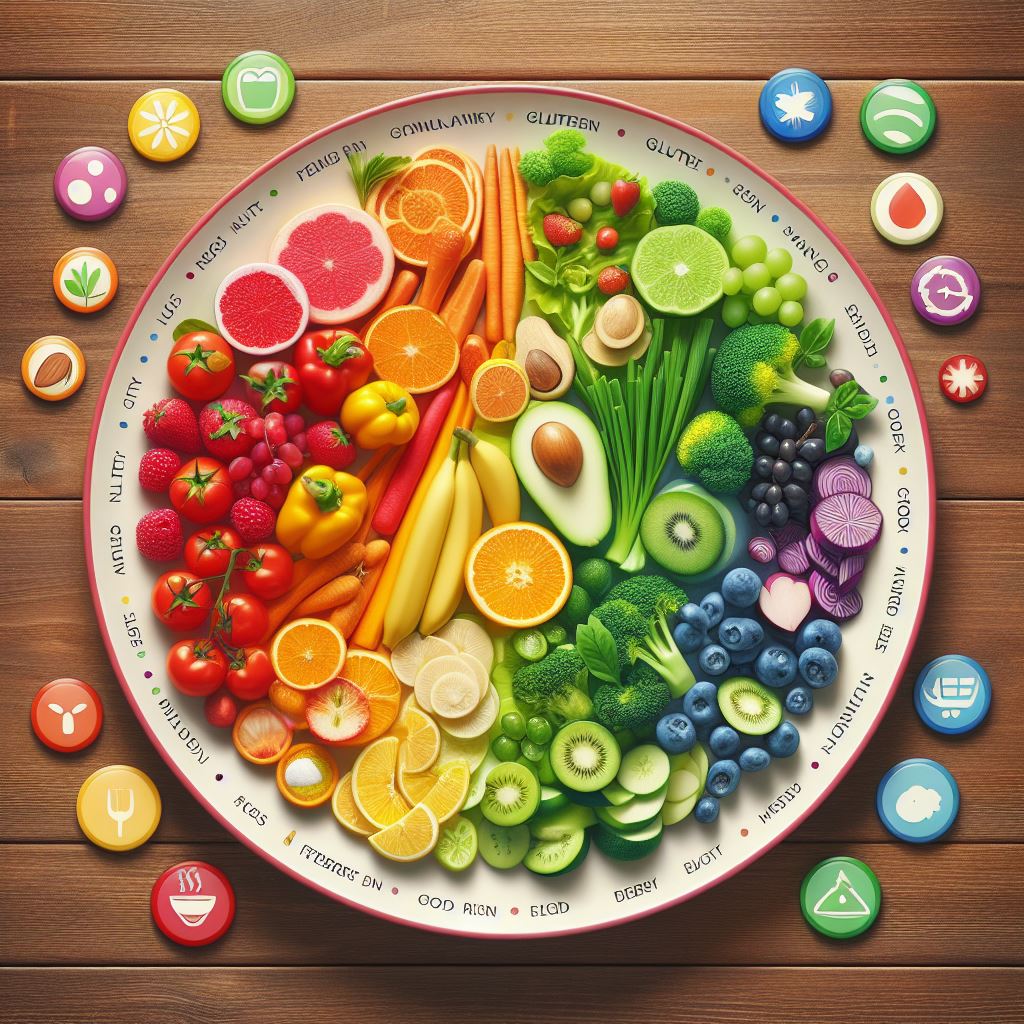Food Allergies and We:- Most people enjoy eating, and much of our day is dedicated to thinking about and then purchasing what will become our meal for that day. But sometimes what we eat (and drink, for that matter) may cause serious adverse health reactions which result in discomfort, serious medical problems or even in extreme cases even death.
As such, all individuals should at least possess some understanding of some of the most prevalent food allergies and the associated issues.

What Is Food Allergy?
A food allergy is an adverse immune system response which occurs when certain proteins in food don’t agree with our bodies and cause an anaphylactic reaction in some individuals. Even small quantities can trigger allergic responses in some. Your immune system mistakenly recognizes food-borne proteins or substances as harmful and triggers cells within your body to release an antibody to counter the allergen – an unexpected yet natural immune response from our immune systems to neutralise allergens!
Next time you consume that same food, your antibodies will recognize it and tell your immune system to release chemicals into the bloodstream that cause allergic reaction symptoms to surface – histamine in particular being released and leading to allergy attacks that range from mild, moderate or severe reactions all the way up to life-threatening reactions known as anaphylaxis.
Note, too, that food allergies differ from food intolerances in that intolerant individuals will still have adverse reactions, but none that involve their immune systems or need medical intervention to manage. While intolerant reactions tend to occur more commonly than allergies do annually; nonetheless both affect millions annually; some children can outgrow these issues over time.
What Items Cause Allergies in People?
All sorts of substances can trigger allergic responses in people. Peanuts, tree nuts (such as walnuts and pecans), cow’s milk, eggs, wheat and soy are among the more frequently identified triggers among children; adults often develop food allergies to nuts (peanuts are one), shellfish such as crab lobster shrimp as well as items beyond wheat that contain gluten such as barley rye triticale etc.
People suffering from pollen-food allergy syndrome may also react adversely to certain nuts, spices, fruits or vegetables since their proteins resemble those present in certain pollens which trigger allergic responses. Cross-reactivity may be reduced when such food items are cooked before consumption rather than raw.
Symptoms
That May Arise Each individual will respond differently to foods their bodies don’t appreciate, with symptoms that vary in terms of severity and timeframe for development. Within minutes or hours signs could include hives, itching, tingling in the mouth, eczema, wheezing difficulty breathing and nasal congestion as possible effects.
If your sinus issues seem recurrent, they could be linked to food allergy rather than viral transmission. While contagiousness of sinus infections exists, sometimes their pain and congestion result from allergies rather than virus transmission.
An allergy may show other telltale symptoms: nausea, abdominal pain, vomiting and diarrhea as well as lightheadedness or dizziness or fainting may all indicate allergy symptoms. You might notice swelling to your throat, tongue lips or face as well as other parts of your body – something known as anaphylaxis may occur in extreme cases; in such an attack the airways become constricted leading to shock a rapid pulse loss of consciousness swollen throat or sensation of lump causing difficulty breathing – even death may ensue unless properly managed with treatment immediately!
How to Diagnose
If you notice persistent allergic reaction symptoms after you eat, make an appointment with either your general practitioner or allergist as soon as possible. It will make their job much simpler to identify what’s triggering it at that moment – though emergency care must still be sought should any indications of anaphylaxis arise. In order to correctly identify whether one or multiple food allergies exist within you a blood and skin test will usually suffice –
Alternative Treatment and Allergy Avoidance Solutions Are Available
Food allergies cannot be effectively treated medically, so the key to dealing with their symptoms is cutting back or even eliminating allergenic food items from one’s diet altogether. Some individuals can tolerate rotating their allergic foods into their daily meal plan; other must eliminate them entirely to stay well and avoid serious issues.
Avoiding foods which produce histamine, such as tomatoes and eggplant as well as nightshade plants is another key step towards better allergy management. Such food sources contain ingredients which contribute directly to an allergic response by producing histamine themselves, worsening allergy symptoms.
Understanding food allergies will enable you to feel and look your best while protecting yourself and your loved ones from potentially devastating results caused by eating offending items.
